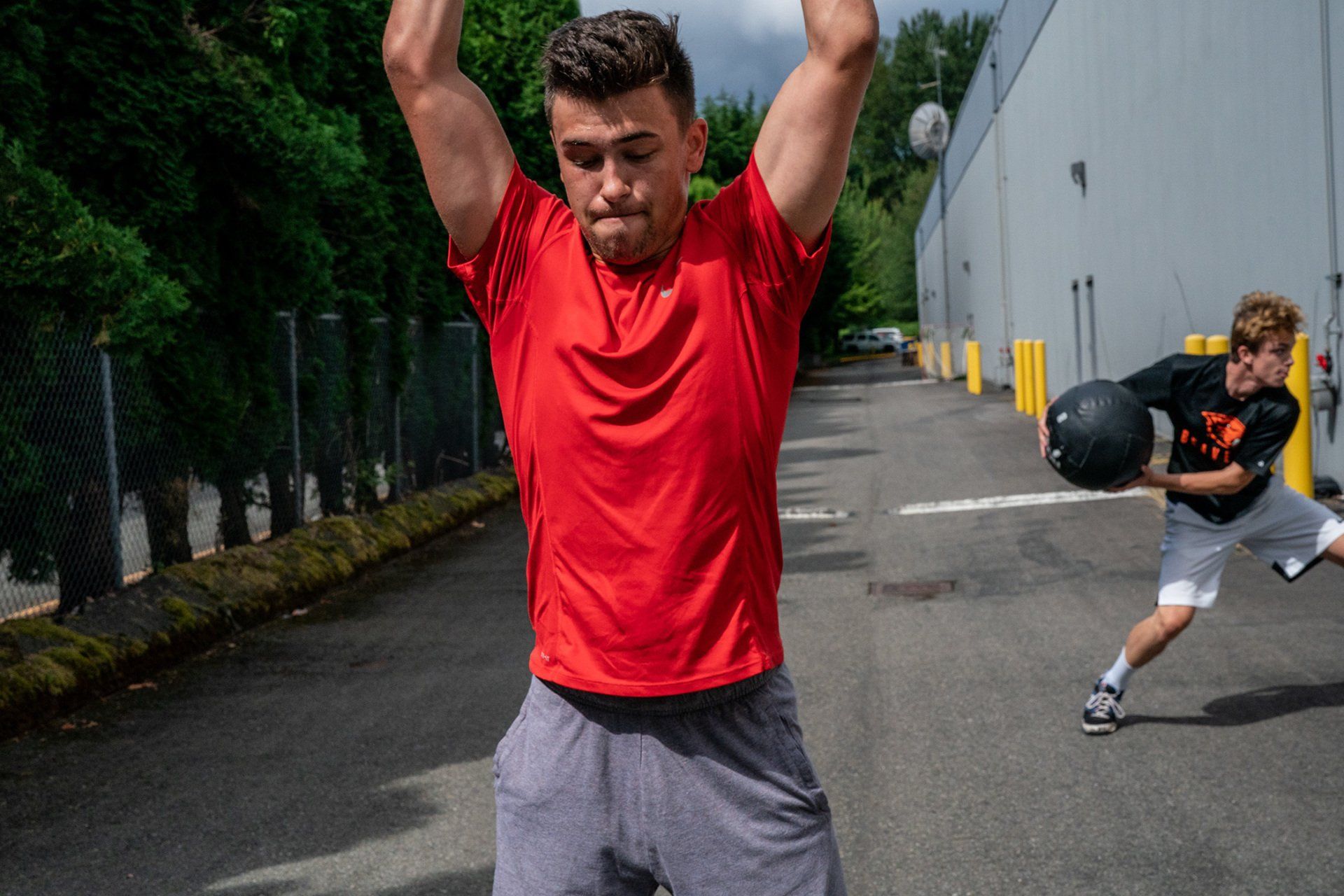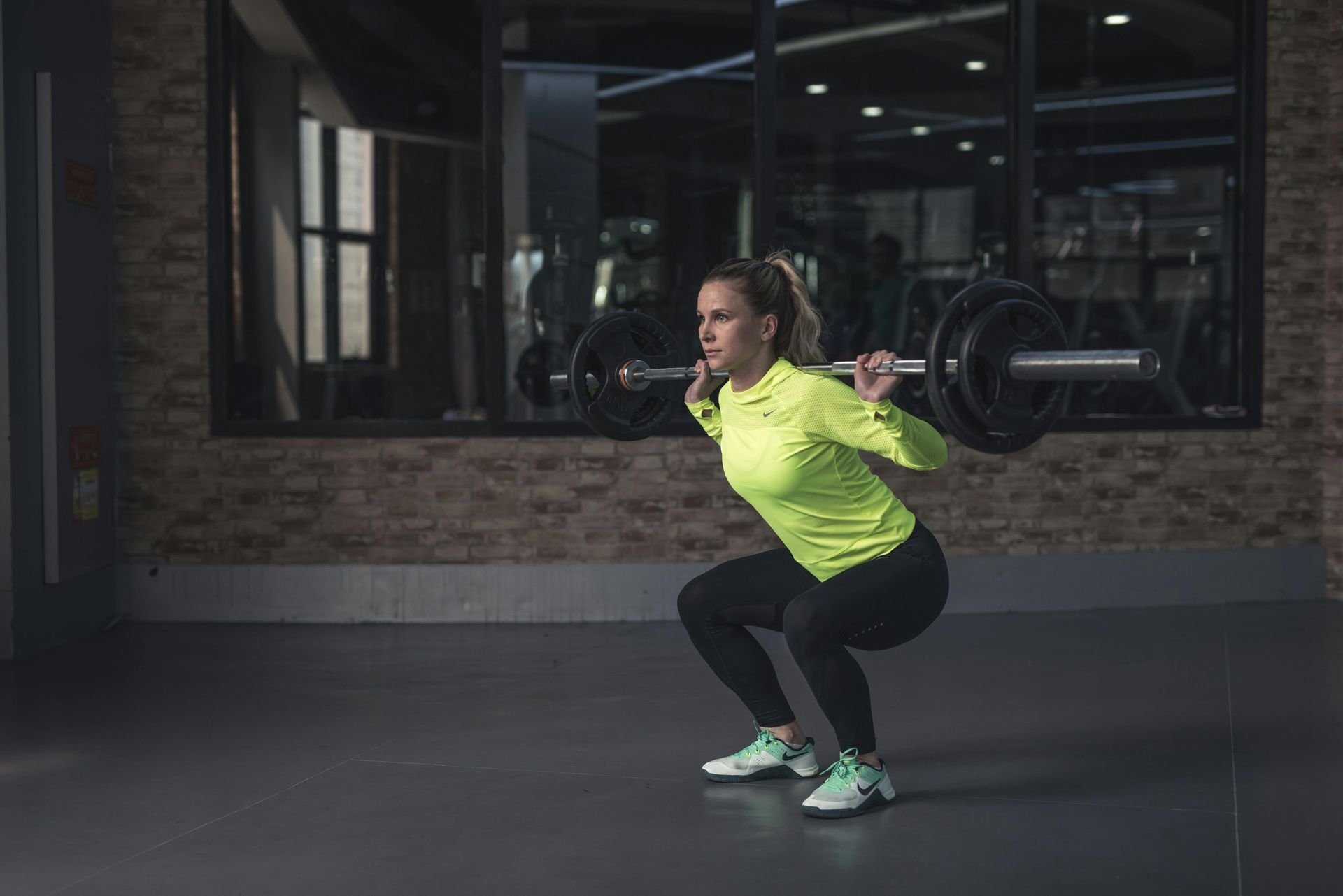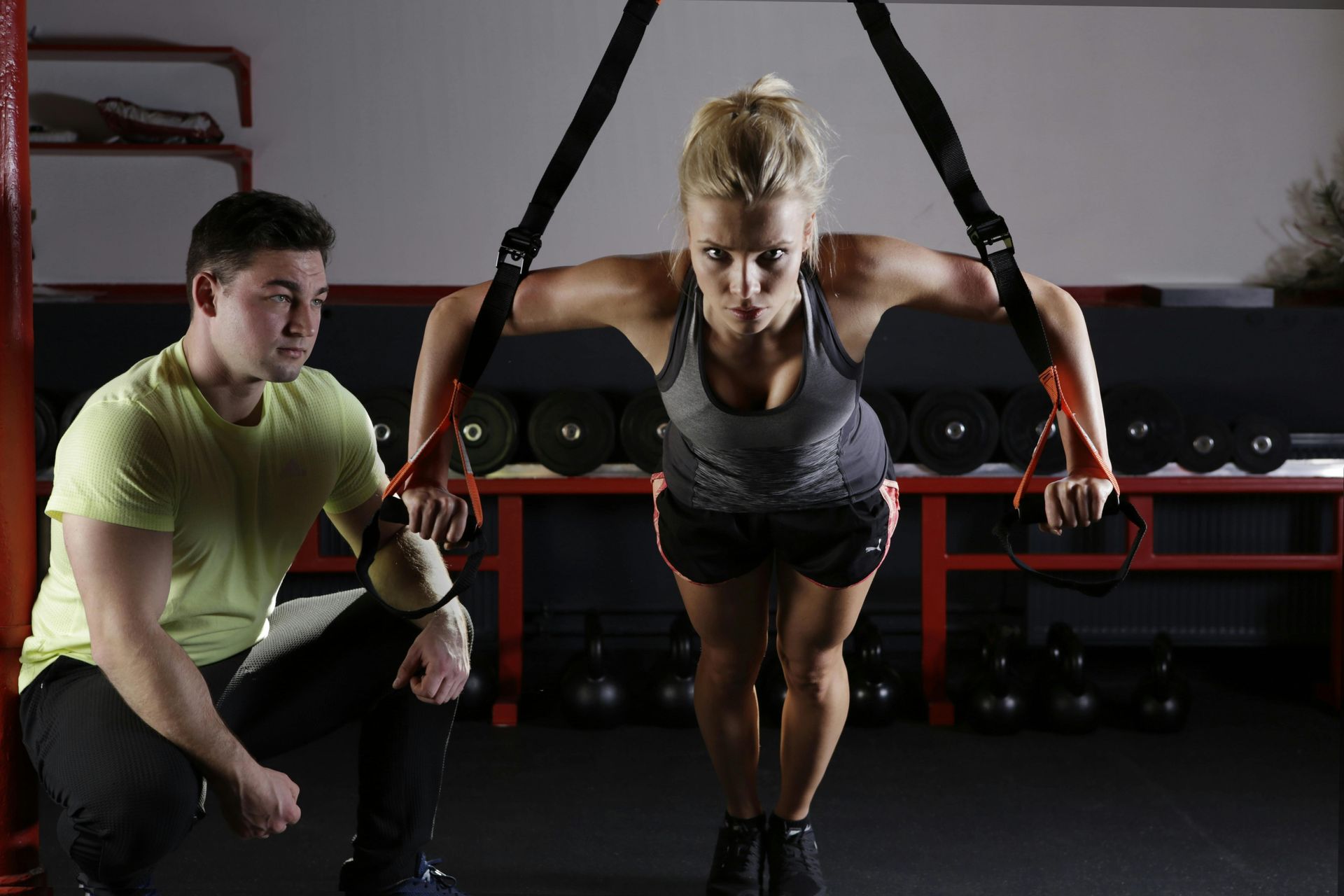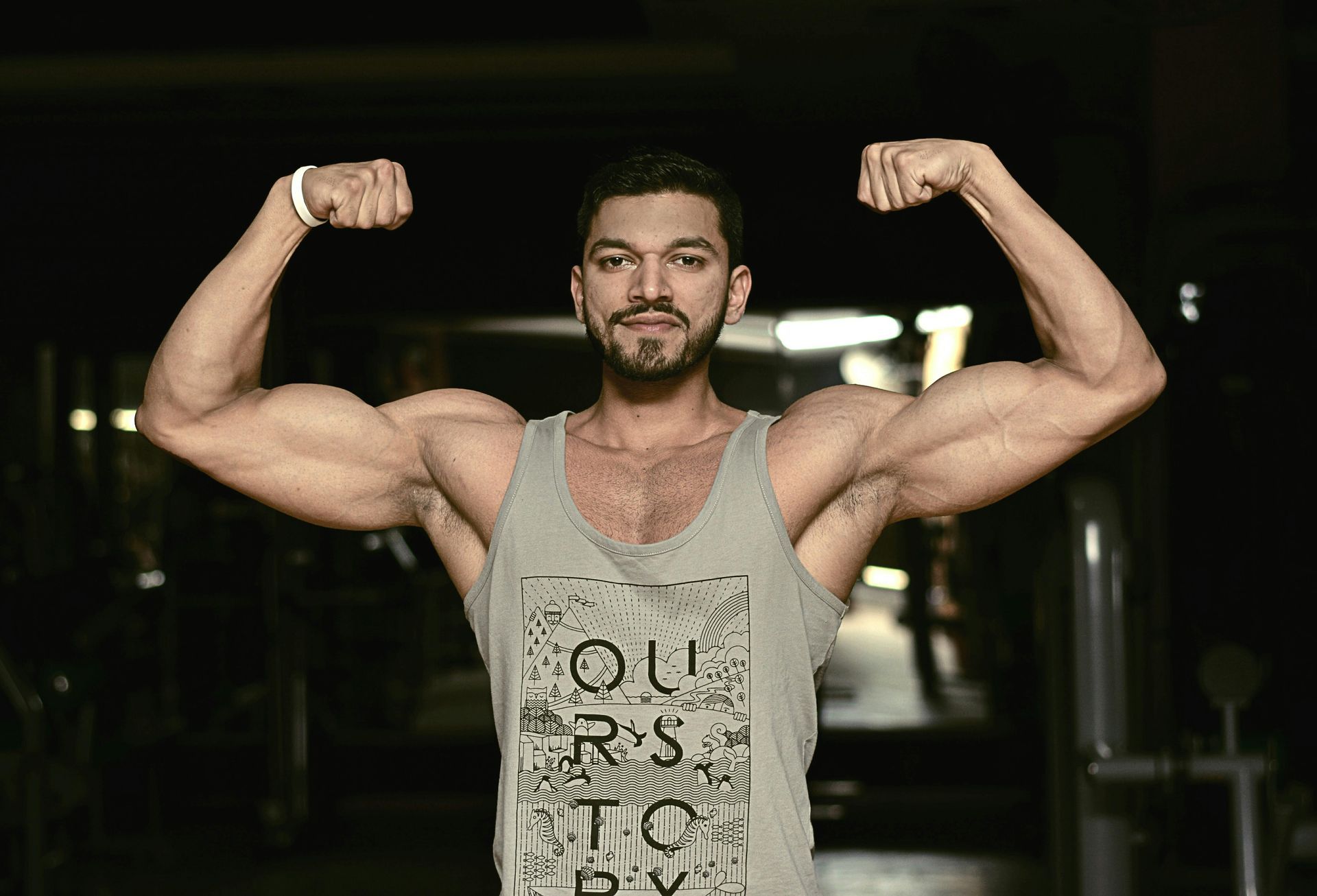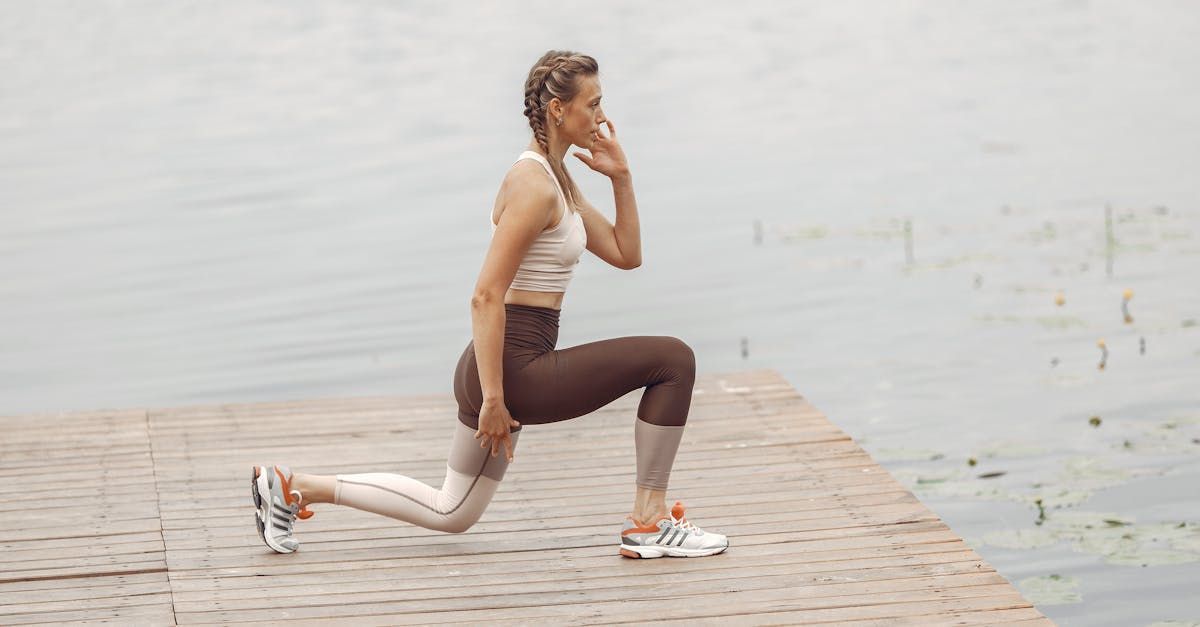Crossfit Is Not Sports Performance Training
The spring seasons are wrapping up, high school and college athletes are looking to get their edge for the next season.
It’s also the time of year where we have hundreds of athletes stopping by and checking out the gym. One of the most common questions we have, when they stop by, is “Is this like Crossfit?”
The Crossfit Games
The Crossfit games have tons of high-level athletes competing in it each and every year. The things these athletes can do is nothing short of impressive. Heavy deadlifts followed by sprints and gymnastics. WOW.
But Crossfit is a sport in and of itself. These athletes have prepared and trained their bodies to endure the physical impact and toll of this type of training. I have no hate towards Crossfit. Crossfit has brought back intensity to exercise and helped thousands of people transform their lives.
My issue though is calling Crossfit, Sports Performance training. While some exercises and training methodologies might look similar between both styles of training, execution and the programming is on opposite ends of the spectrum.
While Crossfit has popularized the “Workout Of The Day” where you compete against yourself and others to go all out for that specific workout. Then the next day, it’s a new workout of the day and we go all out again. This is where training and exercise are different.
Exercise Is Not Training
Exercise is done for the effect it has on your body TODAY. The feeling you get during or after the workout.
Training is done for a specific goal in mind, strung together by various workouts to help achieve that goal. When training, the workout is not the competition, the workout is what prepares you for competition.
If you want to get to a high level in any sport, you must focus your training on the physical aspects that will help you get better at your sport.
Jack Of All Trades - Prepared For Anything
Crossfit's tagline is “ready for anything.”
Athletes don’t need to be prepared for anything. They need to be prepared for their sport.
With Crossfit - you have to be good at everything. Gymnastics, powerlifting, weightlifting running, bodyweight, mobility,
Let’s be honest, it is super impressive to have a heavy power clean then be able to go run a quarter mile, followed by some gymnastic movements. It’s just not the best for mainstream athletes.
What athletes need are the specific physical attributes to excel at their sport. For example, a football wide receiver needs to fast and agile, with the explosive power to be able to get off the line quickly, the strength and resiliency to get hit multiple times a game while being able to recover between seven-second bouts.
It might seem like a football player has multiple attributes they need to develop similar to a Crossfit athlete.
Here’s the catch... Athletes do not need to develop each attribute equally. They need to develop each attribute based on the threshold of their sport.
For example, A baseball player and lacrosse athlete both need to have high levels of speed. But Baseball players wouldn’t need as much aerobic endurance as a lacrosse player, due to the nature of the sport. A baseball player needs to produce max amounts of speed for a short time with long recovery windows in between. Lacrosse athletes need to have high levels of speed, with fast recoverability due to the pace of a shift/game.
The key to training is how much, when and how often we train each attribute. This shows the importance of periodizing our training year. Simply what this means, is part of the year is focused on bringing up certain attributes, while maintaining others. Compare this to the Crossfit model of always working on every attribute all the time. A Football athlete coming off a competitive season does not need to work on sprints or gymnastics, they need to work on regaining their mobility and strength lost throughout the season. A soccer player going into the competitive season doesn’t need to have the body mass of a bodybuilder, but the aerobic capacity and agility.
At Decater Performance, we utilize multiple forms of periodization. Every athlete & sport requires something unique and specific to their specific needs & situation.
One of my favorite analogies for training is like treating it like going out to eat at a nice restaurant.
You start with bread and butter, order a few appetizers, finished by the main course.
If we load up on all the bread at the beginning we won’t have room for what we actually came for… the main course. After the dinner is finished, the waiter brings out the dessert menu, hopefully, you saved room.
When training for athletics we need to look at it the same way as going out to eat. We need to focus on the main course for the attribute we are trying to improve. For example, a lacrosse attackmen main course would be speed and agility. Some of the appetizers might include strength, mobility and aerobic endurance, which are all important for the position demands of the sport, but we can’t be filled up before the main course is presented.
If the lacrosse athlete fills themselves up by doing max effort lifts 3 times a week, they will not have the energy (muscular or neurological) to put time into the thing that matters most on the field, speed, and agility.
Each portion of the year will be spent working the varying amounts of each specific attribute we are trying to improve.
With the CrossFit model of periodization, every attribute is the main course of the day. Whether that be powerlifting, gymnastics, running, or weightlifting.
Again, I have no problems with Crossfit. I think it’s an awesome sport with some insane athletes participating. (I’ve even watched the documentaries on Netflix as well as the games each year). My issue is when high school and college athletes train Crossfit to improve at their sport.
If you train for everything, you train for nothing.
You want to train for specific demands (at specific times of the year) that will help you excel at your sport.
Our Summer Sports Performance Program
Ready to have the best off-season of your life? A season where you feel confident, strong and athletic. Decater Performance is running our Summer Sports Performance Program. This program is based on science to help you get the results you dreamed of. Learn more at http://www.decaterfitness.com/summer-sport-performance-lp


